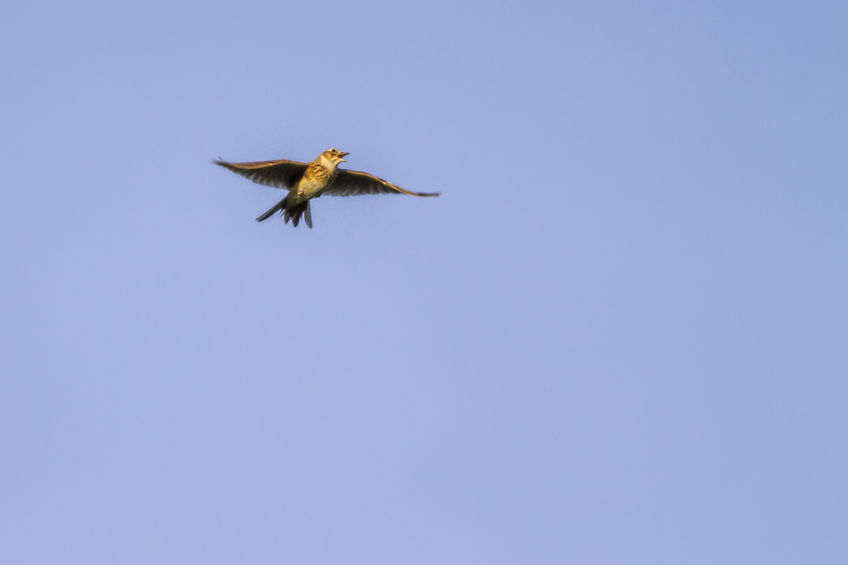
Farmers are being encouraged to take part in an annual bird count which is back in 2020 for its seventh year.
The project calls on farmers, land managers and gamekeepers to spend 30 minutes spotting species on their land between the 7 and 16 February.
Crucially, the results will aim to determine which farmland birds are benefiting from conservation efforts while identifying the ones most in need of help.
Organising the count this year is Dr Roger Draycott, who is head of advisory services for the Game & Wildlife Conservation Trust (GWCT).
He said: “Farmers are vital in helping to ensure the future survival of many of our most cherished farmland bird species like skylarks, yellowhammers, corn buntings and wild grey partridges.
“They are responsible for managing the largest songbird habitat in this country on their land but frequently their efforts to reverse bird declines are largely unrecorded. We believe our Count will help remedy this.”
“We understand the crucial role that land managers play in the survival of farmland birds and we want to give them an opportunity of showing what their conservation efforts deliver on the ground”.
“It is also a satisfying way to discover the different range of birds that are on the farm and the results can be surprising.
“We hope it will spur land managers on to do even more work for their farmland birds in the future and that it will act as a catalyst for them to start building their own long-standing wildlife records.”
Last year was a record-breaking count with 1,400 people taking part – a 40% increase on the previous year, recording 140 species over 1 million acres.
Numerous landscape-scale farmland conservation projects now take part in the count, offering feedback results at the landscape level as well as the individual farm level.
Encouragingly, a total of 30 red-listed species were recorded in 2019, with five appearing in the most-commonly seen species list.
These included fieldfares, starlings, house sparrows, yellowhammers and song thrushes, with the first four seen by over 30% of the farms taking part.
The NFU, which is sponsoring the count for the second year running, said the event highlights the fact that farmers balance conservation work while producing food.
President Minette Batters said: “Farmers carry out a huge amount of work to maintain and enrich habitats and wildlife and are responsible for protecting, maintaining and enhancing 71% of the nation's iconic countryside.
“I would encourage all farmers to take part in the February count and submit your records to the GWCT, so we can pull together a vital national snapshot of the state of nation when it comes to farmland birds.”
At the end of the count, the results will be analysed by the Trust. All participants will receive a report on the national results once they have been collated.
